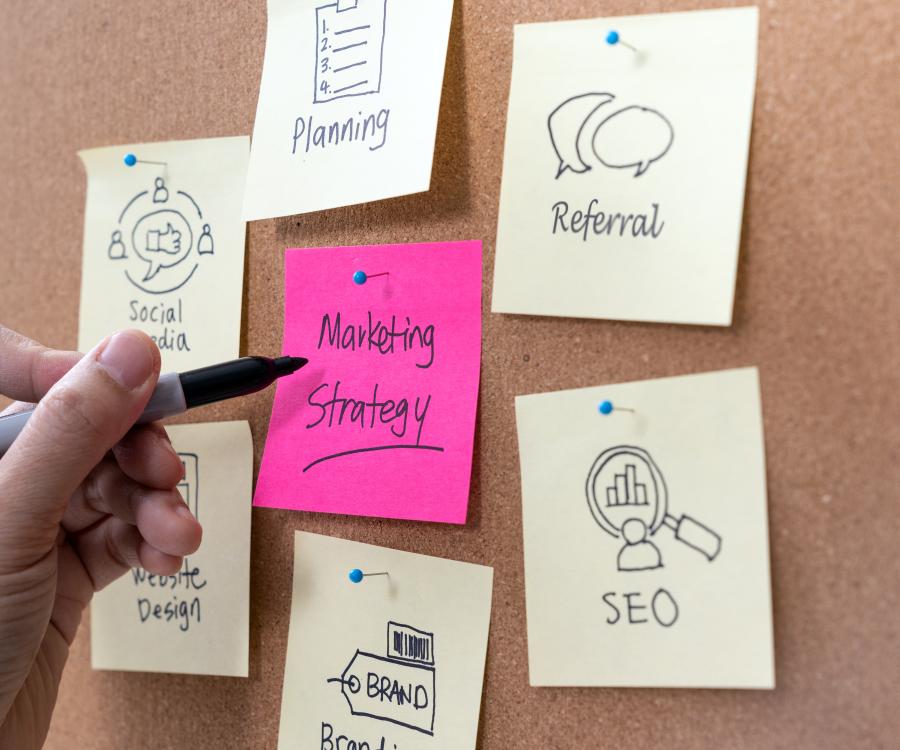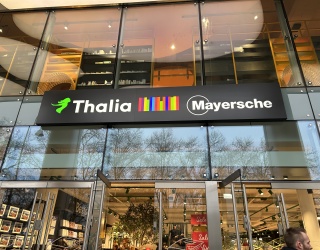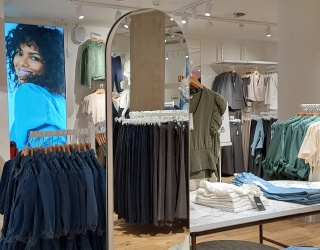The following is based on a June 2019 interview with Sami Hero, Chief Operating Officer at HappyOrNot’s global headquarters in Tampere, Finland.
He spoke with freelance writer Tom Hagy of Philadelphia. In it we will share our thoughts and best practices for imbuing customer focus into your organization’s DNA, and showing how CX will improve your competitiveness and your bottom line. To get CX right, successful organizations nurture cross-functional cooperation and integrate certain CX essentials into their culture. Our mission in producing this series is to help more organizations get CX right.

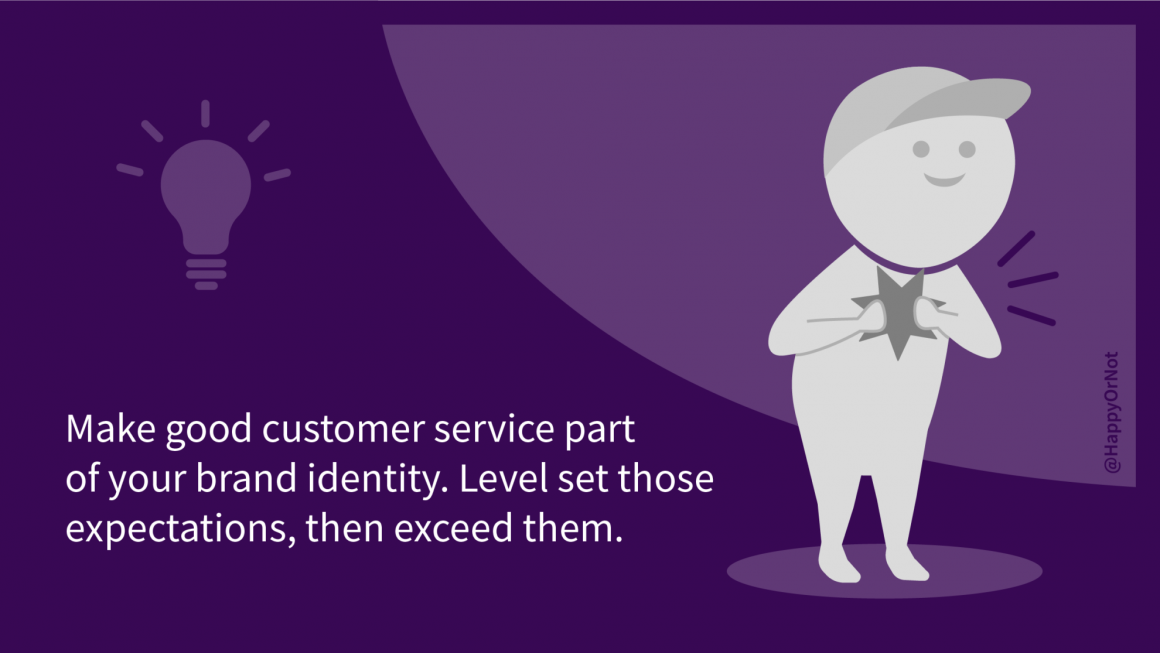
What is it and what is it not? How do you know your organization delivers a positive CX? Companies often get it wrong because they think they have a system in place, but that system could actually be damaging their customers’ experiences. That often translates into counterproductive activity in which employees defend themselves from falling satisfaction scores, rather than improving customer experience. What companies often don’t know is that persistent CX tracking can inform them when making decisions that will improve profits. Read on for what Sami had to say about his B2C and B2B experiences.
Sami, what does customer experience mean to you?
Sami Hero: The definition changes depending on the customer. But generally speaking, it has to do with the emotional connection the customer makes with the vendor or service provider.
Can you think of a B2B experience where the emotional connection was negative?
I was working for a large information research company on an e-commerce project and had contracted an outside firm to help with the technology. The contractor was way over budget. They were nearly $1M over, in fact. Despite that the product didn’t work! When we approached them about it they acknowledged the problem and said they could fix it, but it would cost us.
Even though it was their work that failed?
They completely screwed it up.
OK. What about on the consumer side? Have you had better luck there?
On the consumer side, the first experience that comes to mind is with an auto repair shop. I own a 20-year-old BMW convertible, so from time to time I have it in for repairs. After one visit I picked up the car and it ran fine, but they had broken a reflector on the rear bumper. I sent them a photo and they said they’d take care of it. Time dragged on and they didn’t fix it. I kept calling. Eventually they just gave up and said they couldn’t find the part. A year later they contacted me wondering why they hadn’t seen me lately and reminded me about the importance of auto maintenance.
I guess they didn’t check their records.
I generally have minimal expectations when it involves auto repair, but they managed to fail even those.
Would you say that a company’s CX expectations are part of their brand, then?
Absolutely. Good companies set the expectations before the engagement, then they over-deliver. If you don’t first set expectations then customer satisfaction will be a moving target. You can’t manage to everyone’s expectations. The spectrum is too broad.
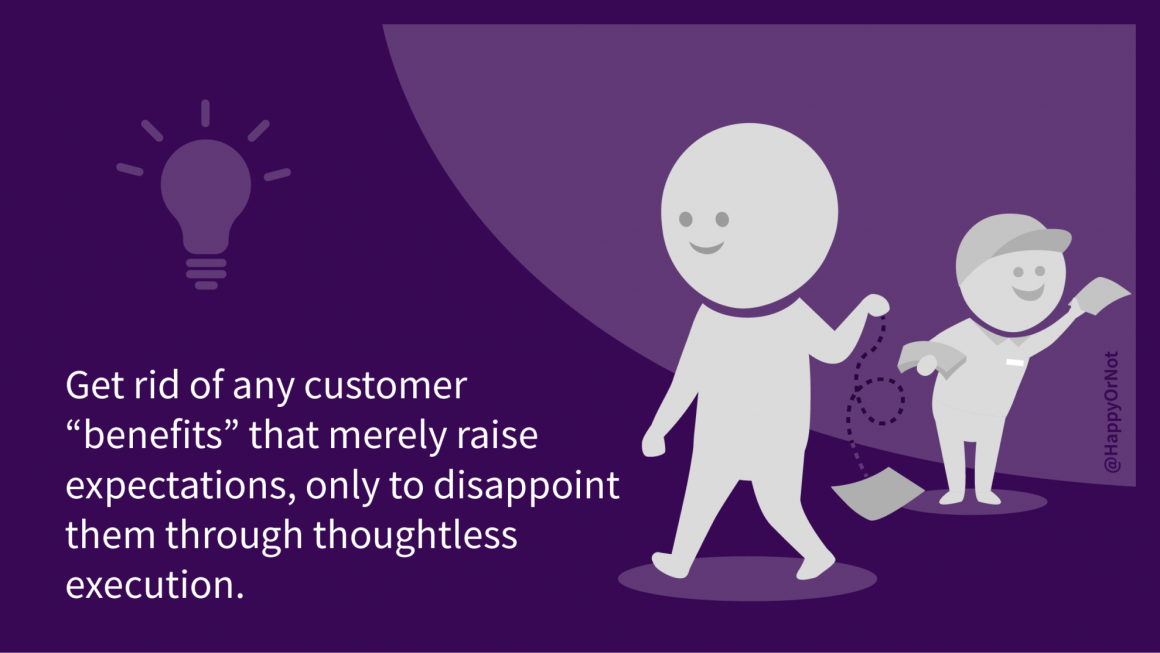
Sometimes employees mean well, but the CX system is broken. Can you give any examples of systemic failures?
I have traveled quite a bit in my career. I am from Finland and work here now, but have worked in America and traveled a great deal within the States and Europe.
I was a frequent flyer with one airline. They would give me upgrade coupons fairly often. One time, even though it was last minute, they bent the rules and let me use a coupon. I was immediately upgraded to first class for a long flight from Newark to Scottsdale. I was delighted and comfortably in my seat with all that extra leg room for about 10 minutes. Then the agent came back from the gate to downgrade me back to economy. Supposedly they weren’t allowed to use the seat for upgrade..
That’s a letdown.
Yes, but my original premium economy seat was already given away to another passenger, so not only did I not get first class, but I was sent to the back to the plane.
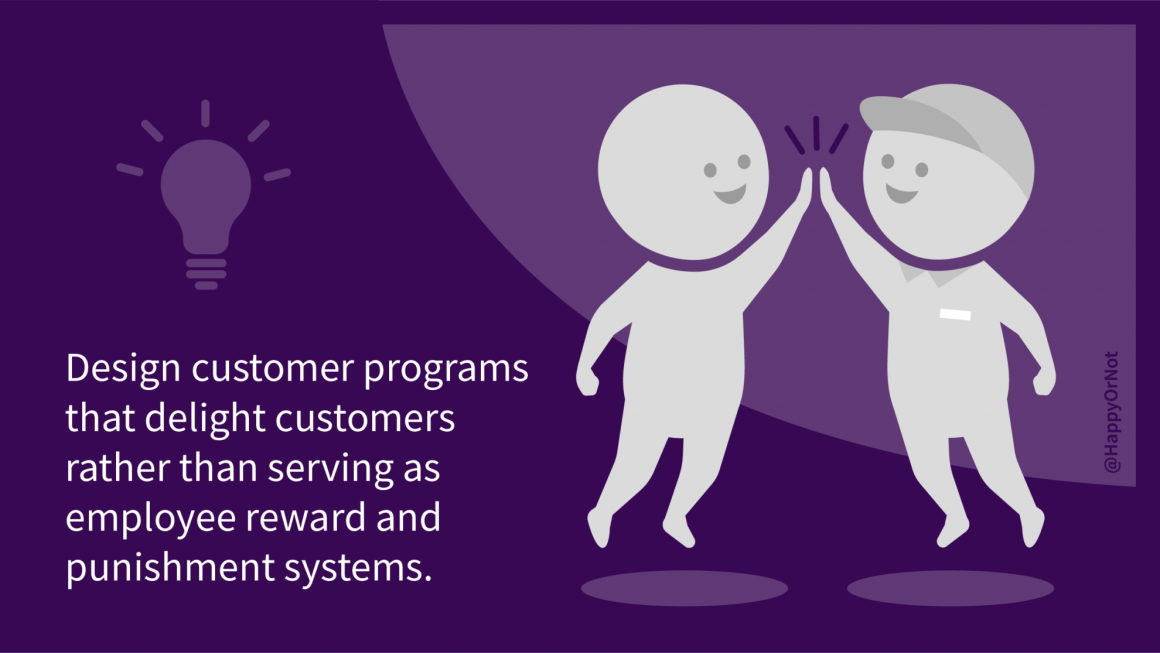
I’m sure they made it up to you.
They said they would take great care of me and even introduced me to the purser who would be paying extra attention to me during the flight.
Well, that’s nice.
I never saw the person again.
Oh.
I manage a fairly large team of people focusing on customer service and marketing, so I find this kind of attitude unacceptable. The coupons sound nice, but if they expire quickly or can only be used for short flights or flights will multiple connections, that’s a failure in the company’s system. Why would you ever have a program where you will quite consistently fail your customers? The promise of something good that you don’t deliver is cheaper for the company – like gift cards that you know will never get cashed – but does little for the customer. It even frustrates them.
What about organizations that use NPS (Net Promoter Score) systems? That’s a good way to systematically improve CX, right?
It depends on what they do with the scores. If an organization experiences a 10-point drop in their NPS and their first reaction is how to spin the story for upper management, rather than improving customer service, then they have a broken system. Rather than a temperature gauge, too often the NPS score becomes the basis of an employee punishment and reward system.
There are a lot of customer feedback apps and social media sites out there now which make it easy for people to praise or complain about service. Aren’t these a good free source of CX measurements for companies?
A problem with these apps is that they often focus on what one customer thinks about the service provided by one company employee. It’s as if they are playing to the critics, but they are missing the point. Employees and customers will come and go. While individual experiences can’t be ignored, it does little to serve a company that wants to improve its CX brand in the long term. If you have a growth mindset and you’re up for learning all the time, the data set you get – like the data you get from HappyOrNot — will inform you as to what the masses think both immediately and over time.
Changing the subject to ROI. Are companies using the real-time feedback to improve profits?
A good example of using CX feedback to generate profits is when the company can expose unknown preferences for products. For example, a café that serves an office building might find out that its customers really like their meat loaf, which might be cheaper to serve than less popular brussels sprouts but have a higher value to customers. It’s the constant micro feedback where you can see trends that help companies improve ROI by making minor adjustments.



